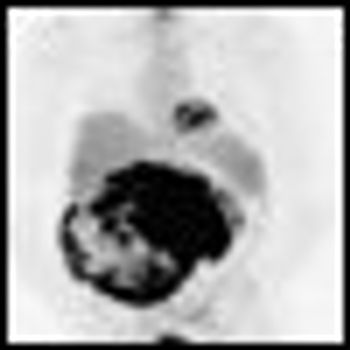
Both advanced nonSMQ-8211-SMQsmall-cell lung cancer and pancreatic cancer pose significanttherapeutic challenges to clinicians due to their high mortalityrates. The past 2 decades witnessed an evolution in the approach to thetreatment of these diseases. In metastatic nonSMQ-8211-SMQsmall-cell lung cancer, trials ofrecently developed chemotherapy regimens have shown increased response ratesand improved quality of life. Several large, randomized phase III trials in unresectablenonSMQ-8211-SMQsmall-cell lung cancer have demonstrated that treatment with chemotherapyand radiation in combination leads to superior outcomes compared with radiationalone. This supplement highlights current treatment options with chemoradiationfor patients with advanced nonSMQ-8211-SMQsmall-cell lung cancer and pancreatic cancer.




























































































